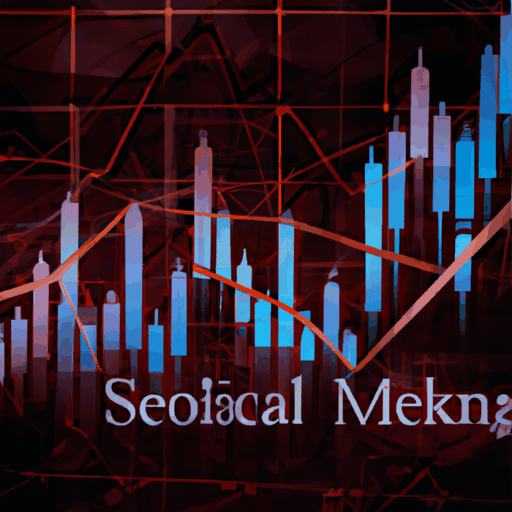
Understanding Wash Trading in Cryptocurrency Markets
By: Isha Das
Wash trading is a notorious form of market manipulation that has been extensively studied and observed in traditional financial markets. It involves the same trader simultaneously buying and selling a cryptocurrency to create deceptive trading volume on a platform. This artificial activity can mislead other investors by inflating the perceived demand and liquidity of the asset, which can subsequently affect the asset's price and market dynamics.
Recently, a study by Columbia University reported significant levels of wash trading on Polymarket, a prominent prediction market platform. The study found that a considerable portion of their trading volume, between July 2024 and April 2025, was likely fabricated, with wash trading accounting for up to 60% of trades during that time. This brings to light the vulnerability of decentralized finance (DeFi) platforms and prediction markets to such manipulation tactics.
The implications of wash trading are quite profound. Not only can it mislead investors, but it can also skew market sentiment and lead to erroneous valuation models. As such, increased vigilance and robust regulatory frameworks are necessary to detect and deter such activities. Platforms could implement advanced algorithms and analytics to spot and address suspicious trading patterns proactively.
Understanding wash trading is crucial for advanced crypto users aiming to participate in or analyze market dynamics critically. The awareness of its occurrence and impact on the crypto ecosystem is fundamental to fostering a more transparent and fair trading environment.



